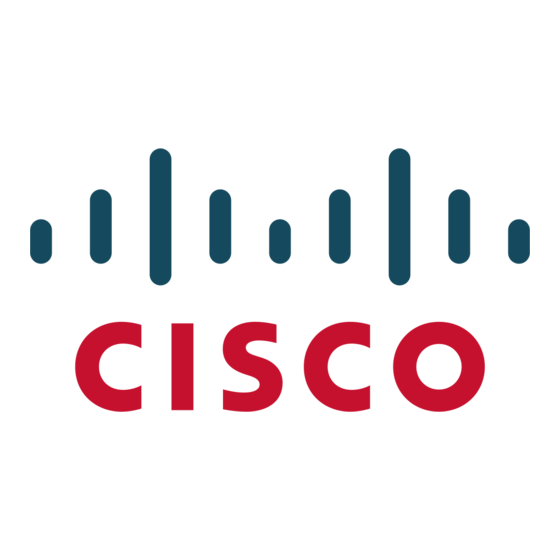- ページ 8
会議システム Cisco 500 SeriesのPDF クイック・スタート・マニュアルをオンラインで閲覧またはダウンロードできます。Cisco 500 Series 21 ページ。 Stackable managed switches
Cisco 500 Series にも: 安全情報マニュアル (42 ページ), マニュアル (4 ページ), クイック・スタート・ガイド (13 ページ), データシート (5 ページ), ユーザーマニュアル (4 ページ), ユーザーマニュアル (6 ページ), ユーザーマニュアル (46 ページ), マニュアル (40 ページ), 管理マニュアル (48 ページ), マニュアル (24 ページ), トラブルシューティングとメンテナンス (15 ページ), クイック・リファレンス・マニュアル (7 ページ), クイック・スタート・マニュアル (25 ページ)

